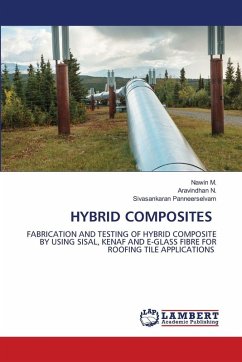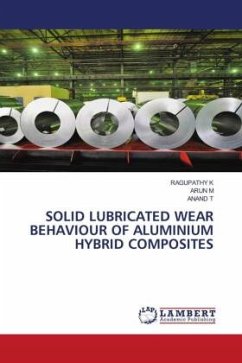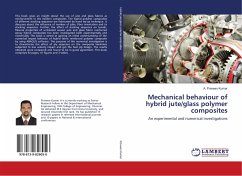Composite materials are the combination of two are more materials that are different in form and chemical composition, these are gaining more importance as structural materials in present-day engineering design and development activities because they offer very attractive mechanical properties such as high strength-to-weight ratio, and higher thermal and corrosive resistance. These are composed of Fibres, matrix, and fillers commonly used Fibres are Glass, Aramid, Kevlar, and Carbon, matrix materials are epoxy resins, phenolic resins, and unsaturated polyester polyurethane, etc., Fillers are particulates that are added to the material to enhance the desired properties. The major problem associated with urbanization and industrialization is pollution but industrialization is necessary to boost the economy of developing countries. Urbanization leads to environmental pollution due to the generation of huge amounts of solid waste. Due to increased environmental awareness and consciousness, the world has developed an increasing interest in natural Fibres, fillers, and their applications in various fields of engineering.
Bitte wählen Sie Ihr Anliegen aus.
Rechnungen
Retourenschein anfordern
Bestellstatus
Storno








